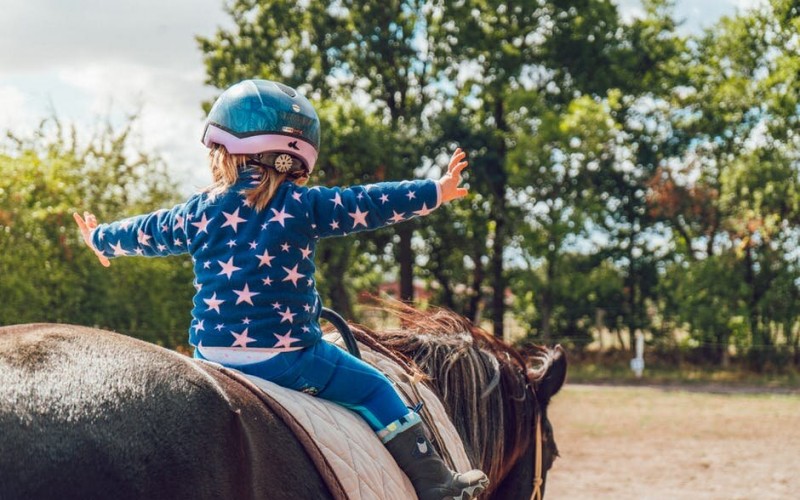Despite being one of the most prosperous nations in the world, Canada ranks 25th out of 41 affluent nations for children’s well-being. Improving that ranking comes down to a lot of factors, and it can feel a bit overwhelming to think about how we impove the lives of all 8 million kids in Canada.
At Children First Canada, we believe that kids have great ideas for how to make life better for them and their peers. Kids need exercise, healthy foods, and a well-rounded education in order to be successful. They also need help building the confidence and skills so that they can be leaders – not just in the future, but also today. Being a leader requires bravery, and parents can set a powerful example.
Keep reading to learn 5 ways to teach kids how to be brave at any age.
1. Lead By Example
If you want to raise brave children, the most important thing you can do is to lead by example.
Kids learn through what they see. From a very early age, they are watching the adults or even other children around them and copying what they see. It’s how they learn to do even the most basic of tasks, like feeding themselves or standing up.
Even as children get older, they continue to look to others for examples of how they should act and behave. There are plenty of simple ways to demonstrate bravery in your everyday routine.
Be open about your own fears and anxiety, then show your children how you work through those fears to accomplish what you set out to do.
2. Teach Honesty
While you’re demonstrating bravery, make sure that you are also demonstrating that it’s okay to be scared or nervous, and that it’s okay to share that with others.
Don’t hide your own emotions, especially when you’re scared to do something. Your children will think that you are fearless, and may feel inadequate or like their fears aren’t justified when they are nervous about something.
When you’re up against a task that you don’t want to do or something you’re nervous about, pay close attention to your language. Talk to yourself with kindness about your fears, rather than taking a “pep-talk” approach and belittling your fears.
3. Offer Strong Role Models
You don’t need to be–and likely won’t be–your child’s only role model.
Finding ways to introduce plenty of strong role models into their lives can help them learn bravery as well.
From TV shows and films to history books, always jump at the opportunity to show your child an example of bravery, or to teach them other important moral lessons.
4. Role Play
In the same way that watching role models demonstrate bravery helps your children channel that in their own lives, practicing can help, too.
Role-playing with your child will feel like playtime to them but is a great way for you to start enforcing good qualities in a gentle way.
Encourage your children to pretend to play explorers, superheroes, adventurers, and other roles that let them “overcome” their fears to save the day.
5. Explain Courage the Right Way
Anytime you try teaching courage through games or activities, make sure that your children are understanding what bravery really is.
For timid children, bravery can sometimes feel unattainable because it means that they have to be up against impossible challenges they would never face in real life. Or they might think that only certain heroes can be brave.
When you explain and encourage bravery, make sure that you’re demonstrating just how many ways there are to be courageous. From choosing to do the right thing when others aren’t to overcoming small fears, such as jumping off a diving board at the pool, your little ones need to see that courage comes in all shapes and sizes.
Teaching Children How to be Brave
Teaching children how to be brave is a wonderful way to build confidence.
Of course, there are plenty of situations that kids should never have to learn how to be brave through. Check out this article next to learn more about protecting children from abuse during COVID-19.

